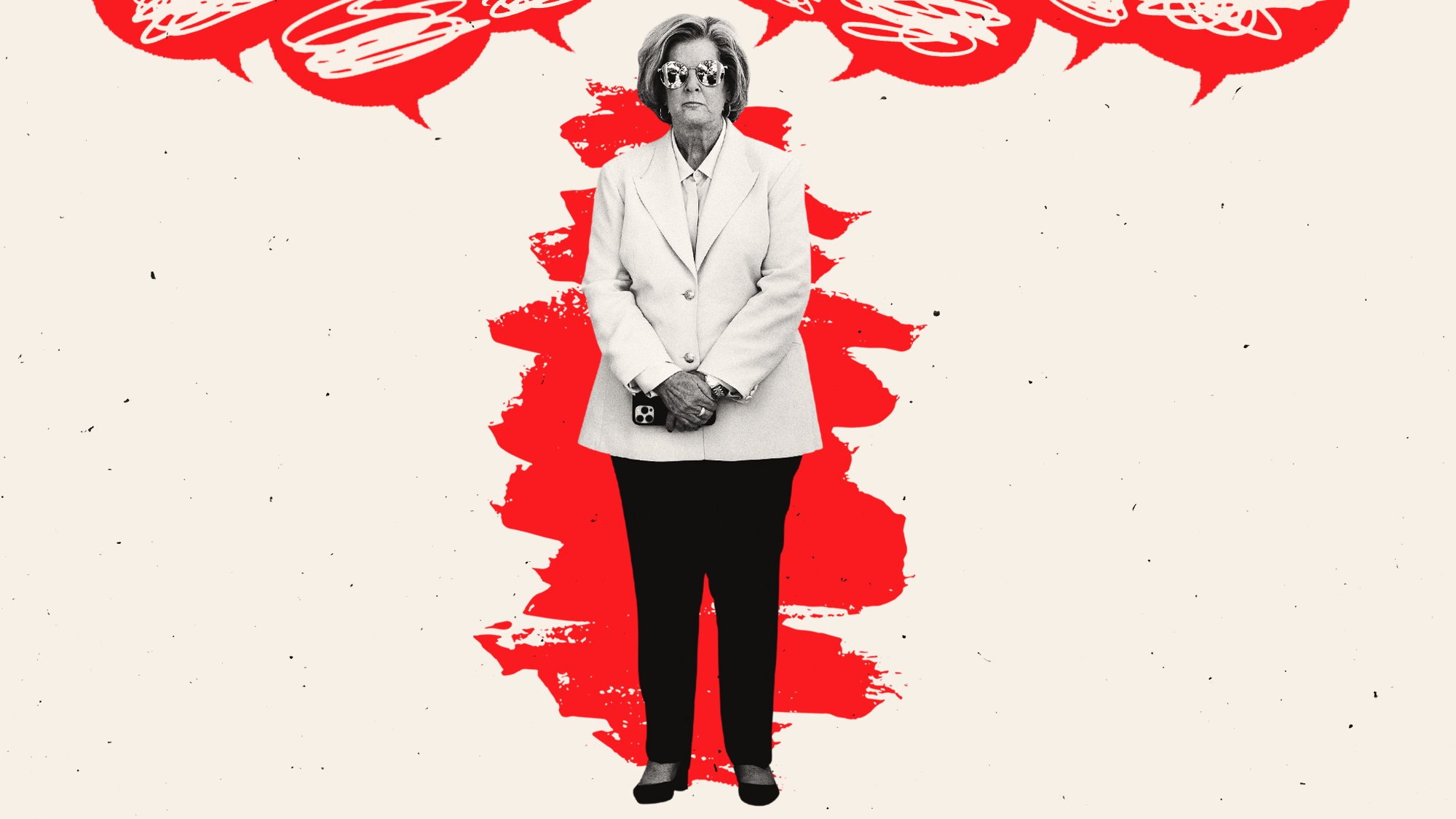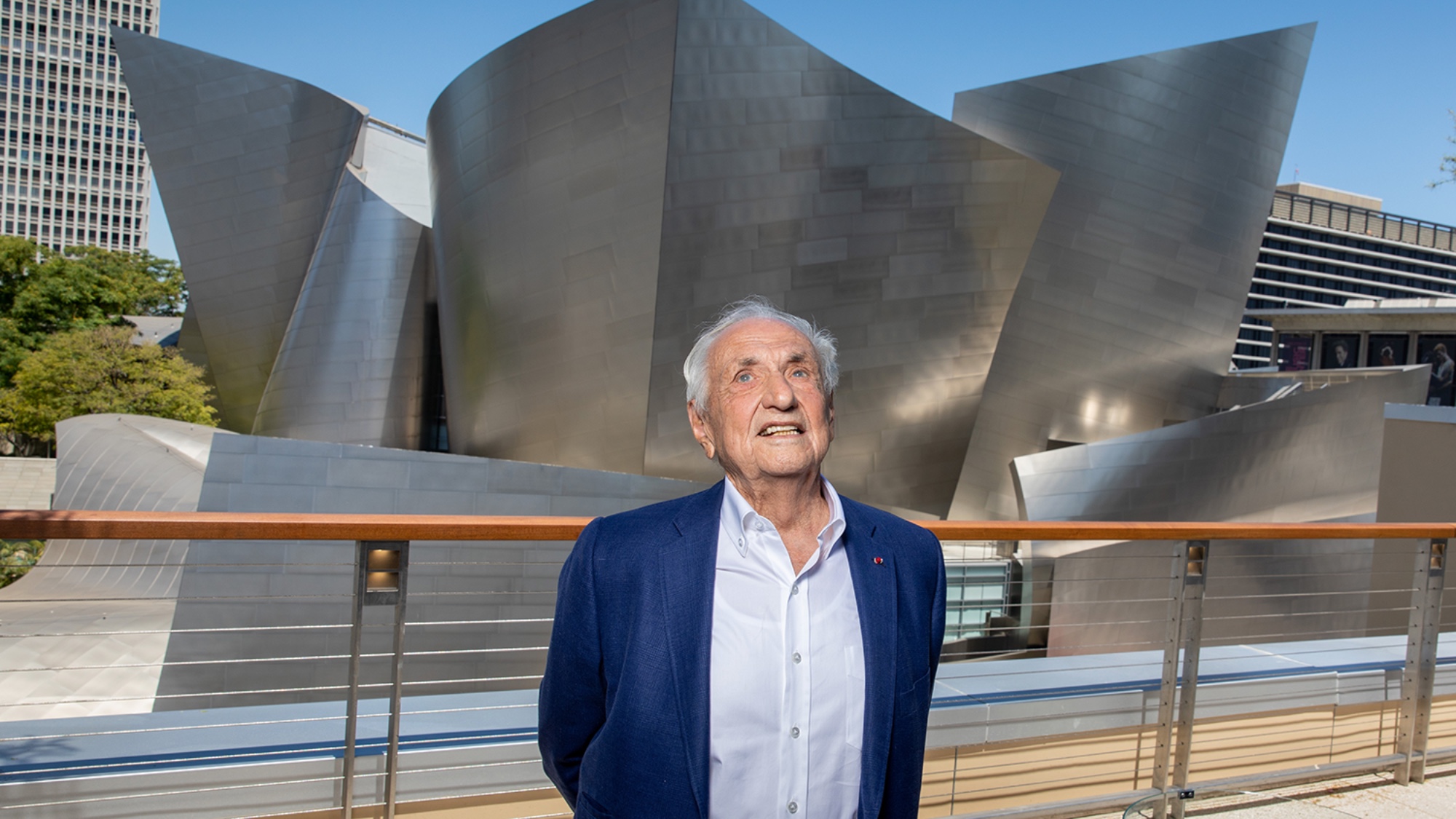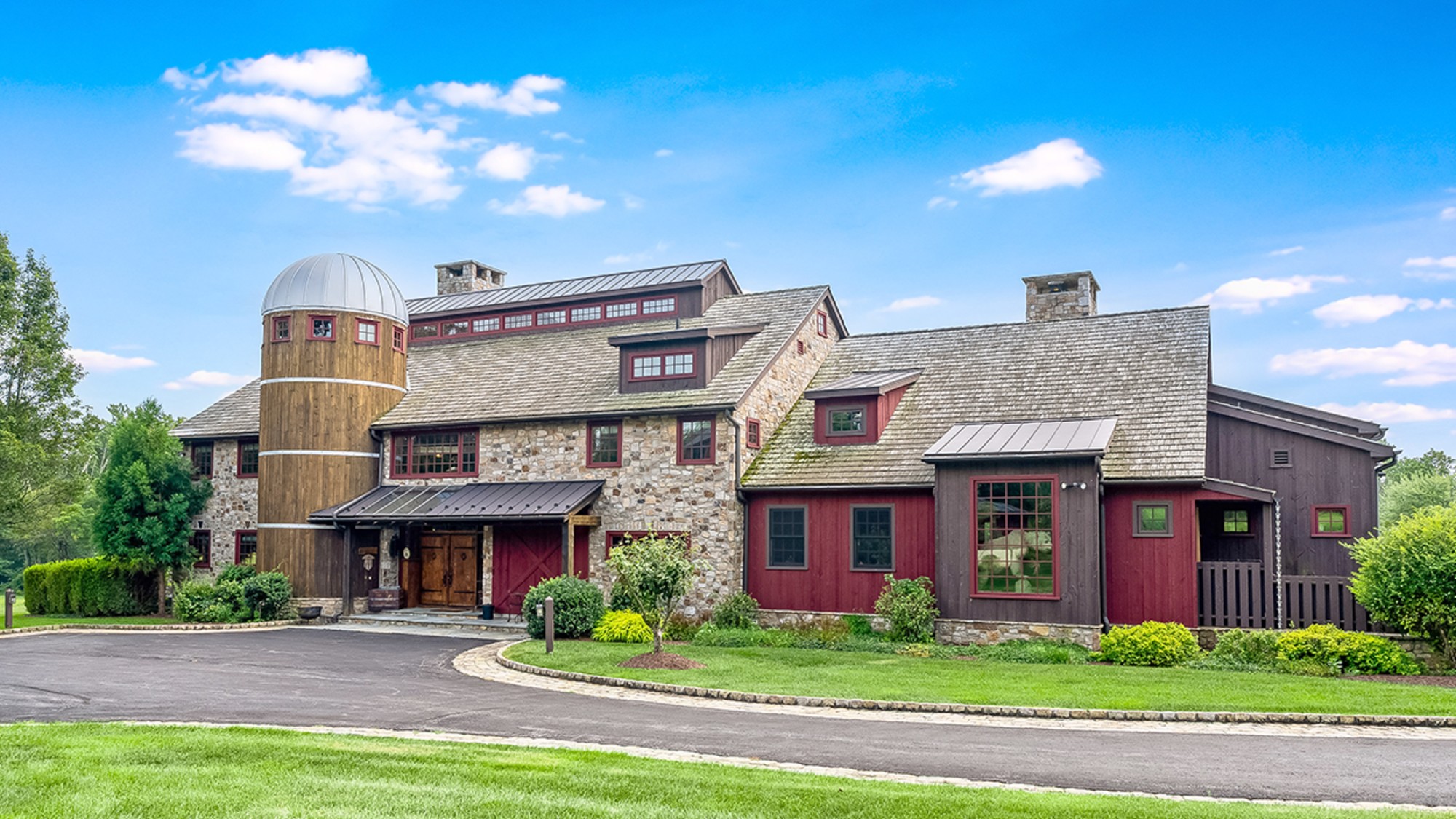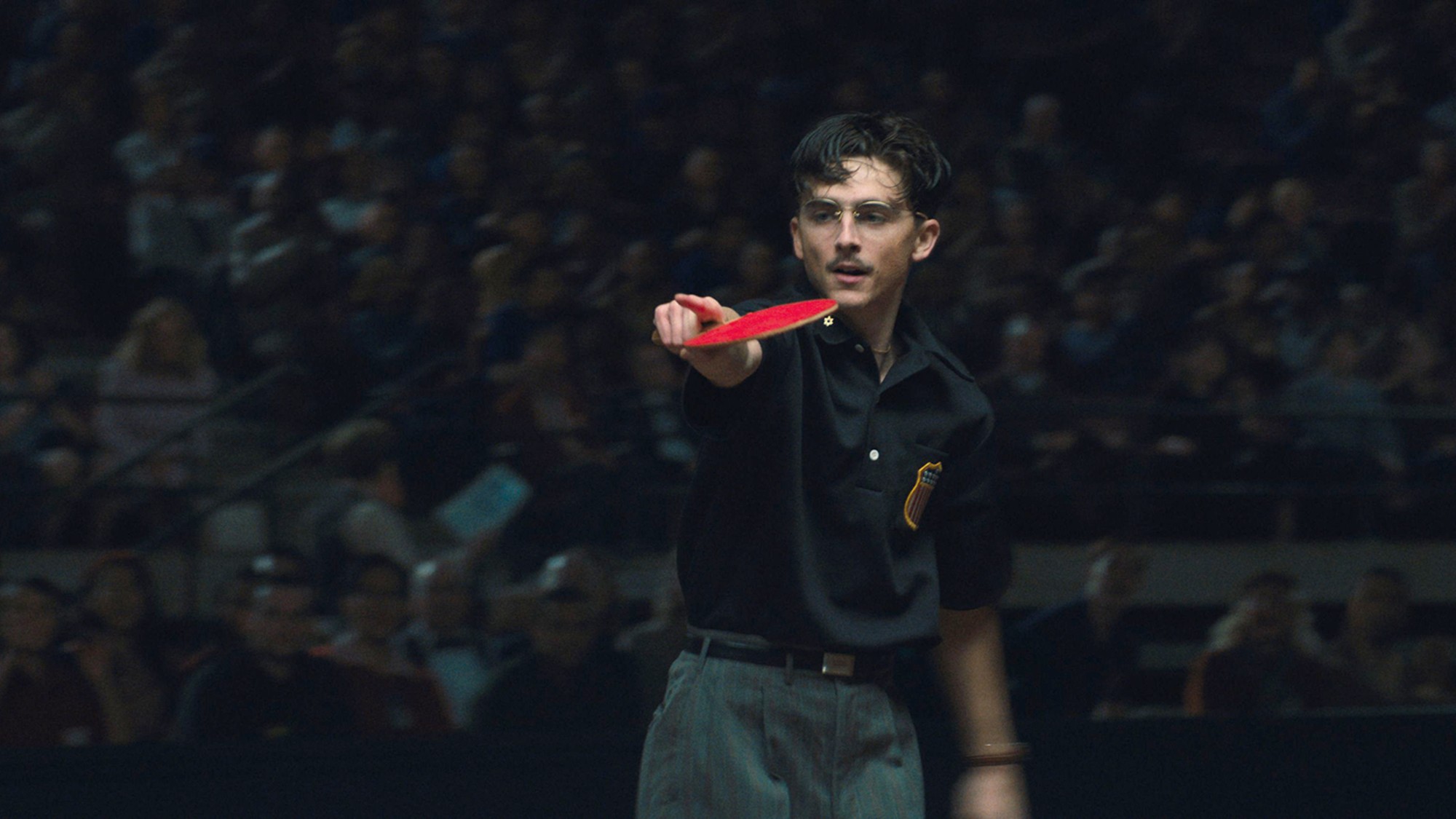Turner Prize 2022: a perplexing but ‘eye-popping’ experience
Despite the ‘apparent conflicts of interest’ of the judges, this year’s Turner Prize ‘looks pretty good’

The Turner Prize often seems like the art industry “talking to itself”, said Laura Cumming in The Observer. It has been awarded many times to “bafflingly overpromoted, dull or indifferent art”. But in the past, at least you could rely on its jury to be “credible”.
This year, however, “only the most complacent insider could fail to be struck by the apparent conflicts of interest”: of the six jurors, four work or have worked for galleries at which this year’s nominated artists staged the shows for which they were shortlisted. For perspective, imagine this was the Booker Prize, and “that the judges reading all those novels, submitted by publishers, were actually publishers themselves”.
This is a prize that never seems to make “any sense” any more. Yet while the work on show here in Liverpool is decidedly uneven, the ethical lapses can hardly be blamed on the artists themselves. By Turner standards, the shortlist is reasonably conventional: Ingrid Pollard and Veronica Ryan are both “much-respected” black British artists in their late 60s, working in a variety of media; Heather Phillipson, 44, and best known for putting an “outsize ice cream” on Trafalgar Square’s Fourth Plinth, is an installation artist; and Sin Wai Kin, 31, offers “a sequence of films that pastiche everything from TikTok to Chinese television”.
The Week
Escape your echo chamber. Get the facts behind the news, plus analysis from multiple perspectives.

Sign up for The Week's Free Newsletters
From our morning news briefing to a weekly Good News Newsletter, get the best of The Week delivered directly to your inbox.
From our morning news briefing to a weekly Good News Newsletter, get the best of The Week delivered directly to your inbox.
“The 38th reheating of the award is not significantly inferior to the preceding ten or so,” said Waldemar Januszczak in The Sunday Times. But it’s still awful: “the usual mix of lots of video, lots of electronic noise, lots of angry identity politics, thimblefuls of talent”.
A case in point is Sin Wai Kin, who identifies “as mixed-race and nonbinary” and adopts a series of different identities: we variously see Sin dressing up as “all four members of a Korean boy band”; a TV newsreader; and as “a glamorous hiker hugging a banyan tree”. If this was an award for “narcissism, make-up or bathos, Sin Wai Kin would be a shoo-in”; but good art is meant to lift its eyes from its “navel”.
Phillipson’s post-apocalyptic offering, meanwhile, features “mutating piles of spooky industrial equipment”, “ranks of flickering TV monitors” and the sound of “an unceasing wind signalling the end of the world”. It appears to offer an environmentally conscious message. Ironically, it probably “requires several rainforests’ worth of daily energy to drive it into clanking action”.
Being the Turner Prize, the exhibition is inevitably committed to diversity and progressive politics, said J.J. Charlesworth in Art Review. But it’s not bad: it’s an “eye-popping, sensorially engaging experience”. Montserrat-born Veronica Ryan presents us with a “custard-coloured” room filled with “quirky, absorbing” sculptures of mysterious objects that defy categorisation. One moment you’re looking at something vaguely resembling “the dried skin of a fruit”, the next something “between a cakemaker’s ring-mould and a toilet seat”.
A free daily email with the biggest news stories of the day – and the best features from TheWeek.com

Better still is Ingrid Pollard. One exhibit gives us a large group of photographs and works devoted to many English pubs that have kept the name the “black boy” or the “moor”. The piece is obviously about ingrained prejudice, but it is “complex and open”, not “accusatory”. Despite the slight sense of insider dealing on the judges’ panel, this year’s Turner Prize “looks pretty good, considering”.
Tate Liverpool (0151-702 7400, tate.org.uk). Until 19 March
-
 ‘Capitalism: A Global History’ by Sven Beckert and ‘American Canto’ by Olivia Nuzzi
‘Capitalism: A Global History’ by Sven Beckert and ‘American Canto’ by Olivia NuzziFeature A consummate history of capitalism and a memoir from the journalist who fell in love with RFK Jr.
-
 Who will the new limits on student loans affect?
Who will the new limits on student loans affect?The Explainer The Trump administration is imposing new limits for federal student loans starting on July 1, 2026
-
 Why does Susie Wiles have MAGA-land in a panic?
Why does Susie Wiles have MAGA-land in a panic?TODAY’S BIG QUESTION Trump’s all-powerful gatekeeper is at the center of a MAGA firestorm that could shift the trajectory of the administration
-
 ‘Capitalism: A Global History’ by Sven Beckert and ‘American Canto’ by Olivia Nuzzi
‘Capitalism: A Global History’ by Sven Beckert and ‘American Canto’ by Olivia NuzziFeature A consummate history of capitalism and a memoir from the journalist who fell in love with RFK Jr.
-
 Frank Gehry: the architect who made buildings flow like water
Frank Gehry: the architect who made buildings flow like waterFeature The revered building master died at the age of 96
-
 6 lovely barn homes
6 lovely barn homesFeature Featuring a New Jersey homestead on 63 acres and California property with a silo watchtower
-
 Film reviews: ‘Marty Supreme’ and ‘Is This Thing On?’
Film reviews: ‘Marty Supreme’ and ‘Is This Thing On?’Feature A born grifter chases his table tennis dreams and a dad turns to stand-up to fight off heartbreak
-
 Heavenly spectacle in the wilds of Canada
Heavenly spectacle in the wilds of CanadaThe Week Recommends ‘Mind-bending’ outpost for spotting animals – and the northern lights
-
 It Was Just an Accident: a ‘striking’ attack on the Iranian regime
It Was Just an Accident: a ‘striking’ attack on the Iranian regimeThe Week Recommends Jafar Panahi’s furious Palme d’Or-winning revenge thriller was made in secret
-
 Singin’ in the Rain: fun Christmas show is ‘pure bottled sunshine’
Singin’ in the Rain: fun Christmas show is ‘pure bottled sunshine’The Week Recommends Raz Shaw’s take on the classic musical is ‘gloriously cheering’
-
 Holbein: ‘a superb and groundbreaking biography’
Holbein: ‘a superb and groundbreaking biography’The Week Recommends Elizabeth Goldring’s ‘definitive account’ brings the German artist ‘vividly to life’